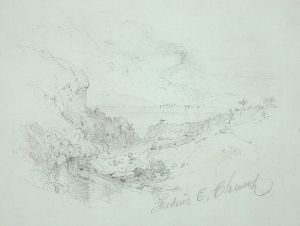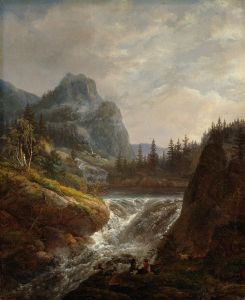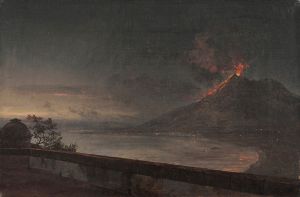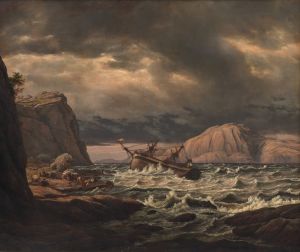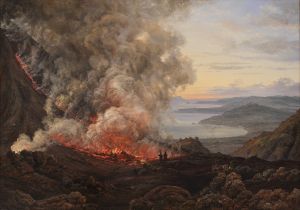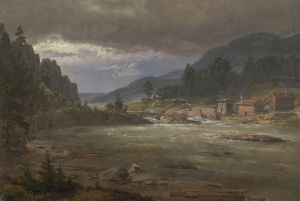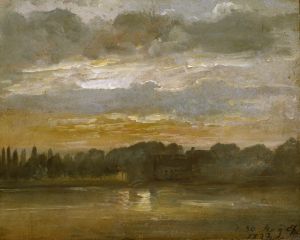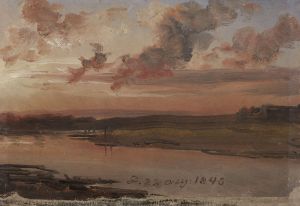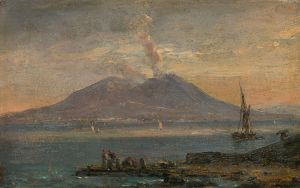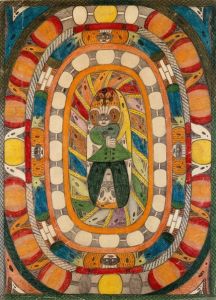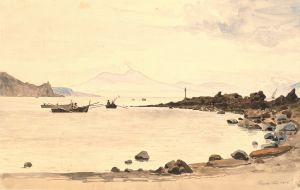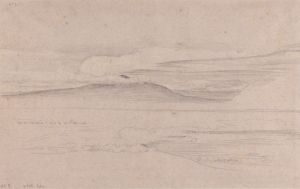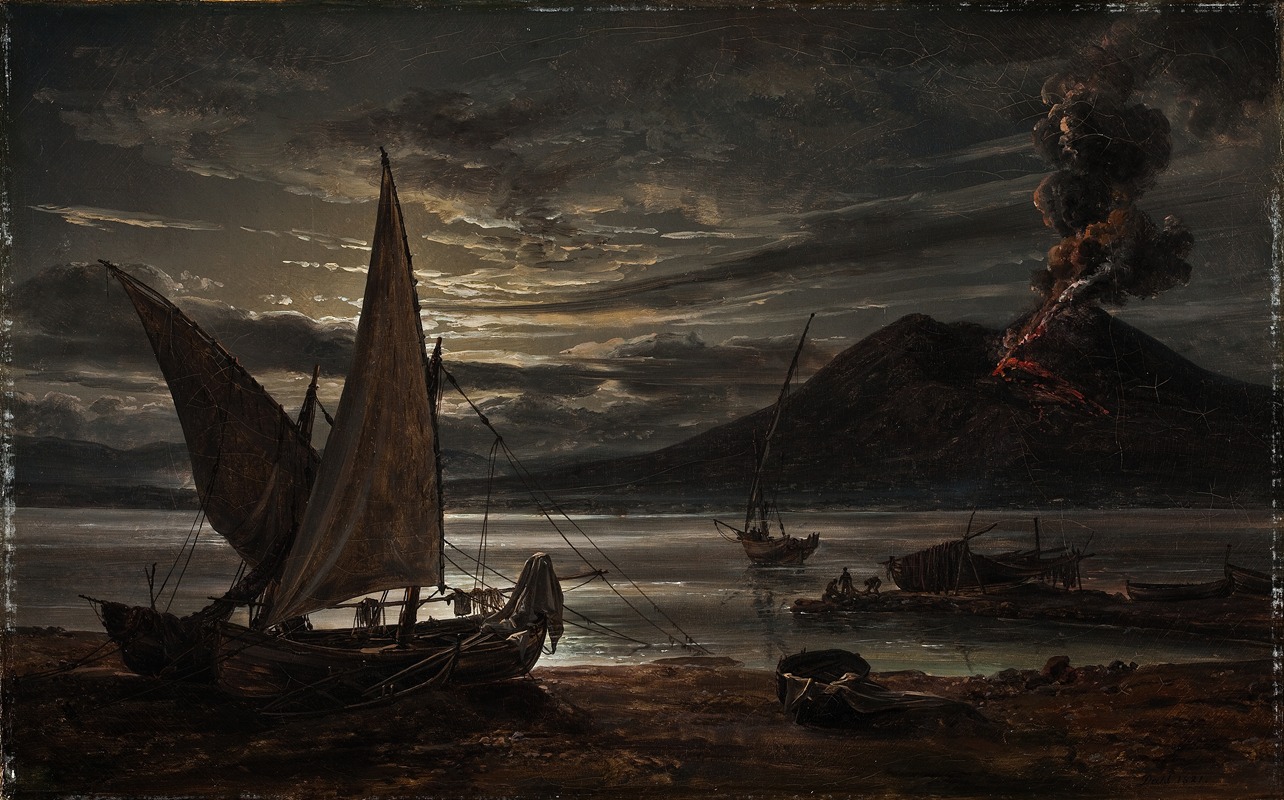
Vesuvius In Eruption. Moonlight
A hand-painted replica of Johan Christian Dahl’s masterpiece Vesuvius In Eruption. Moonlight, meticulously crafted by professional artists to capture the true essence of the original. Each piece is created with museum-quality canvas and rare mineral pigments, carefully painted by experienced artists with delicate brushstrokes and rich, layered colors to perfectly recreate the texture of the original artwork. Unlike machine-printed reproductions, this hand-painted version brings the painting to life, infused with the artist’s emotions and skill in every stroke. Whether for personal collection or home decoration, it instantly elevates the artistic atmosphere of any space.
Johan Christian Dahl's painting Vesuvius in Eruption. Moonlight is a notable work by the Norwegian Romantic landscape painter, completed in 1826. Dahl, often referred to as the "father of Norwegian landscape painting," was a prominent figure in the Romantic movement, known for his dramatic depictions of nature and its sublime power. This particular painting captures the volcanic eruption of Mount Vesuvius, one of the most iconic and active volcanoes in Italy, under the illumination of moonlight.
The painting was created during Dahl's travels in Italy, a journey that was significant in shaping his artistic vision. Dahl visited Naples in 1820-1821, where he had the opportunity to study Mount Vesuvius firsthand. The volcano, with its frequent eruptions and imposing presence, was a popular subject for artists of the Romantic era, symbolizing the awe-inspiring and uncontrollable forces of nature. Dahl's depiction of Vesuvius reflects his fascination with these themes, as well as his meticulous attention to detail and atmospheric effects.
In Vesuvius in Eruption. Moonlight, Dahl combines the fiery intensity of the volcanic eruption with the serene, cool light of the moon. The painting contrasts the glowing red lava and ash clouds with the tranquil blue tones of the night sky, creating a dramatic interplay of light and shadow. This juxtaposition emphasizes the duality of nature's beauty and its destructive power, a recurring theme in Romantic art. The composition is carefully balanced, with the volcano dominating the scene while the surrounding landscape and figures provide a sense of scale and context.
Dahl's work was influenced by his studies of nature and his interest in scientific observation. He often sketched landscapes directly from life, capturing the details and atmosphere of specific locations. While Vesuvius in Eruption. Moonlight is a Romantic interpretation, it also reflects Dahl's commitment to portraying natural phenomena with accuracy and respect for their grandeur.
The painting is considered one of Dahl's masterpieces and exemplifies his ability to convey the emotional and visual impact of natural landscapes. It also highlights his skill in using light and color to create mood and drama. Today, the painting is housed in the National Gallery of Norway (Nasjonalmuseet) in Oslo, where it remains an important part of the museum's collection and a testament to Dahl's legacy as a leading figure in 19th-century landscape painting.





